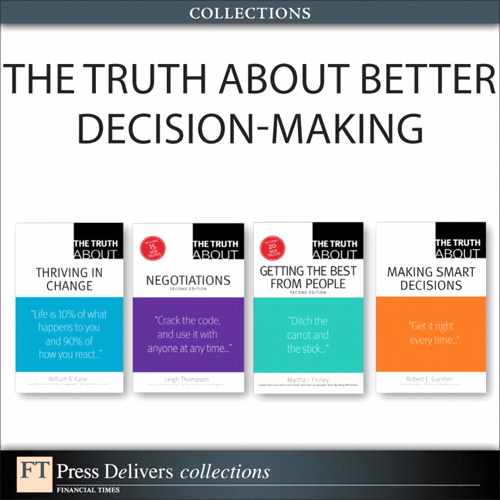Truth 45. Break down big decisions into smaller ones
In 1803, President Thomas Jefferson commissioned Meriwether Lewis and William Clark to lead an expedition to the Pacific Ocean. They would initially follow the Missouri and Columbia Rivers, across the Rocky Mountains, to see if they could find a water route to the west. Their Corps of Discovery covered 8,000 miles in just over two years. While they failed to find a route entirely by water, they charted the geography and learned about the wildlife and native people, opening the West to later exploration and settlement.
While they had a general plan for heading west to the Pacific, starting on the Missouri River and moving to the Columbia, the explorers made their way one campsite at a time. When they heard the thunder of waterfalls, they portaged. When they reached a fork in the Missouri, they had to decide which direction to take. When they ran out of water, they went overland across the Rockies. Some of their most important help came from Sacagawea, a Shoshoni tribeswoman who was a native of the Rocky Mountain region, whom they didn't meet until they reached what is now South Dakota. Jefferson acknowledged that not only the route was uncertain, but also their reception by the peoples of the West. "As it is impossible for us to foresee in what manner you will be received by those people, whether with hospitality or hostility, so is it impossible to prescribe the exact degree of perseverance with which you are to pursue your journey."27
Large, long-term decisions can be broken down into a series of smaller steps by taking them one day at a time or by establishing interim milestones.
The decisions involved in such an expedition could have been overwhelming, but they were made step by step. Large, long-term decisions can be broken down into a series of smaller steps by taking them one day at a time or by establishing interim milestones. For example, in launching a new business based on a new product, the first step might be to gain seed funding from a venture capital fund or angel investor. The next milestone might be to create a product prototype and do market testing. The next step would be to do a broader rollout and then, assuming success, move into a full-scale business. The final step might be a sale or IPO, or a decision to continue to build the business. If you want to buy a car, the first step might be to decide your price range and research the options. Then you might decide on the type of car you want to buy: a family van, station wagon, or sedan. Are your goals better gas mileage, styling, or lower repair bills? You might then test drive a few candidates and discuss financing. Finally, you could make the purchase. By focusing on each smaller goal, you make your way one step at a time toward a larger goal.
If a decision seems so large as to be overwhelming, look at ways you can break it into smaller pieces. What can you reasonably accomplish in a day or a week, and how can you design a small decision before the sun goes down that advances your overall decision process? If you don't have "undaunted courage" (to borrow the title of Stephen Ambrose's famous story of the Lewis and Clark expedition), this approach can make an intimidating decision a little less daunting.
